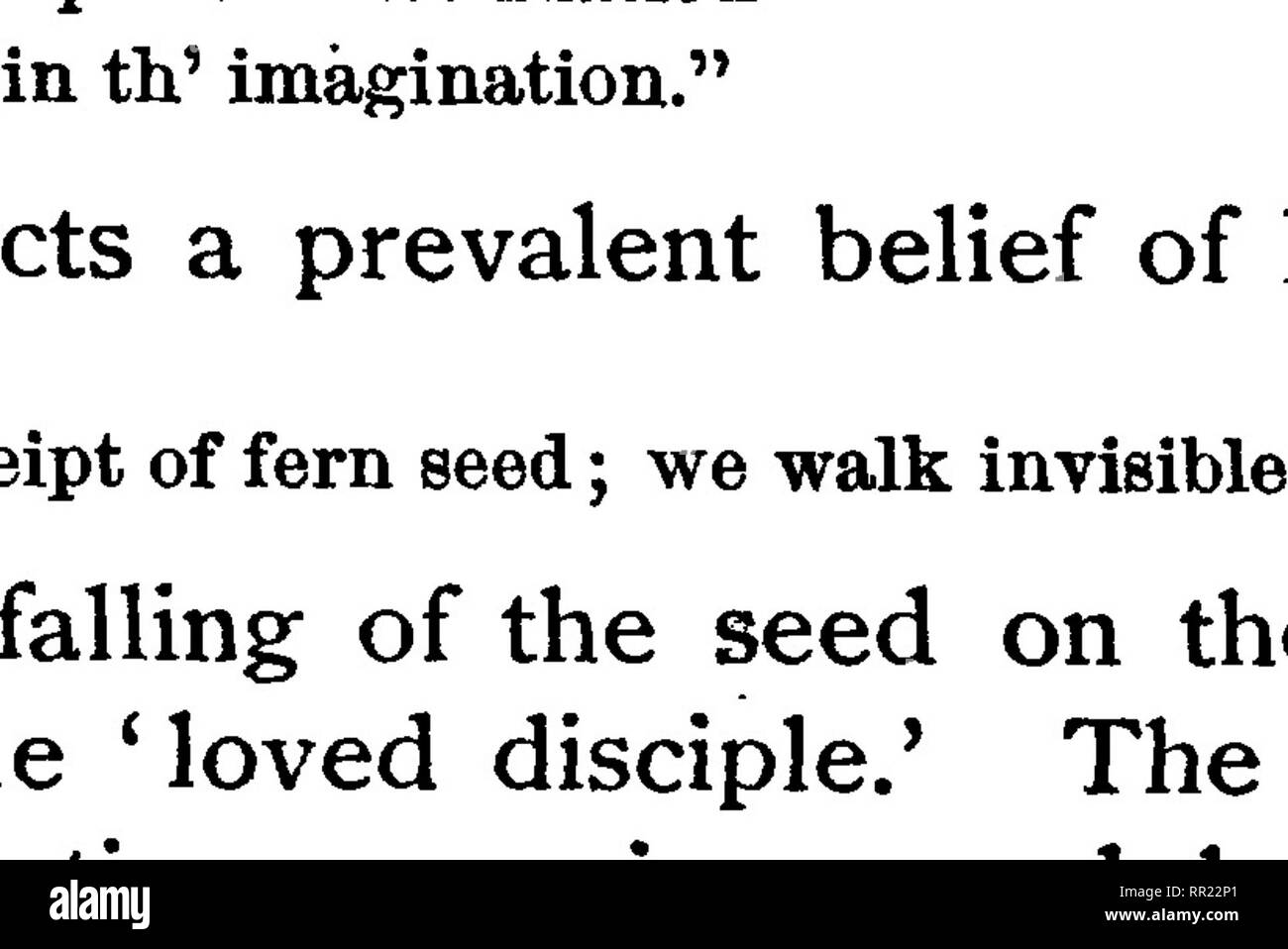. Our native ferns and their allies : with synoptical descriptions of the American Pteridophyta north of Mexico. Ferns. lo Introduction resemblances of some parts of fern growth to various organs of the human body, and introduced them into their system of spe- cifics. Traces of their influence still remain in the names of some of our common ferns as spleenwort and maidenhair. To form a correct understanding of ferns we must study the ferns themselves as well as the text-book, as it is only by direct contact with nature that we gain definite and satisfactory informa- tion. The text-book is only

Image details
Contributor:
Library Book Collection / Alamy Stock PhotoImage ID:
RR22P1File size:
7.1 MB (186 KB Compressed download)Releases:
Model - no | Property - noDo I need a release?Dimensions:
1934 x 1292 px | 32.7 x 21.9 cm | 12.9 x 8.6 inches | 150dpiMore information:
This image is a public domain image, which means either that copyright has expired in the image or the copyright holder has waived their copyright. Alamy charges you a fee for access to the high resolution copy of the image.
This image could have imperfections as it’s either historical or reportage.
. Our native ferns and their allies : with synoptical descriptions of the American Pteridophyta north of Mexico. Ferns. lo Introduction resemblances of some parts of fern growth to various organs of the human body, and introduced them into their system of spe- cifics. Traces of their influence still remain in the names of some of our common ferns as spleenwort and maidenhair. To form a correct understanding of ferns we must study the ferns themselves as well as the text-book, as it is only by direct contact with nature that we gain definite and satisfactory informa- tion. The text-book is only useful in giving directions how .to investigate. To understand thoroughly an animal we must study its habits in its native haunts. To know its structure and position in the animal kingdom we must carefully dissect a large number of specimens and study the development of the individual from its beginning. In like manner, to understand fully a fern we must search were nature has planted it, watch it as it uncoils from the bud, matures, produces its fruit, and finally returns to the earth ; examine it with needles and lenses and discover its minute structure and its life-history. These pages which aim to give an outline of the forms of fern growth, the methods of fruiting, the germination or growth from the spore, and finally the more minute structure of the entire plant, can only be thoroughly un- derstood by taking the ferns in hand and studying them in connec- tion with the text. For the first three chapters and the determina- tion of species a strong pocket lens and a few needles mounted in handles for dissection will furnish the necessary outfit. Chapters IV. and V. will require a compound microscope with its appliances for successful investigation. Let no one imagine that the task will be an easy one. Patient application and careful observation are essential to success, yet he who becomes once interested in the work will find a subject that deepens in interest with every st